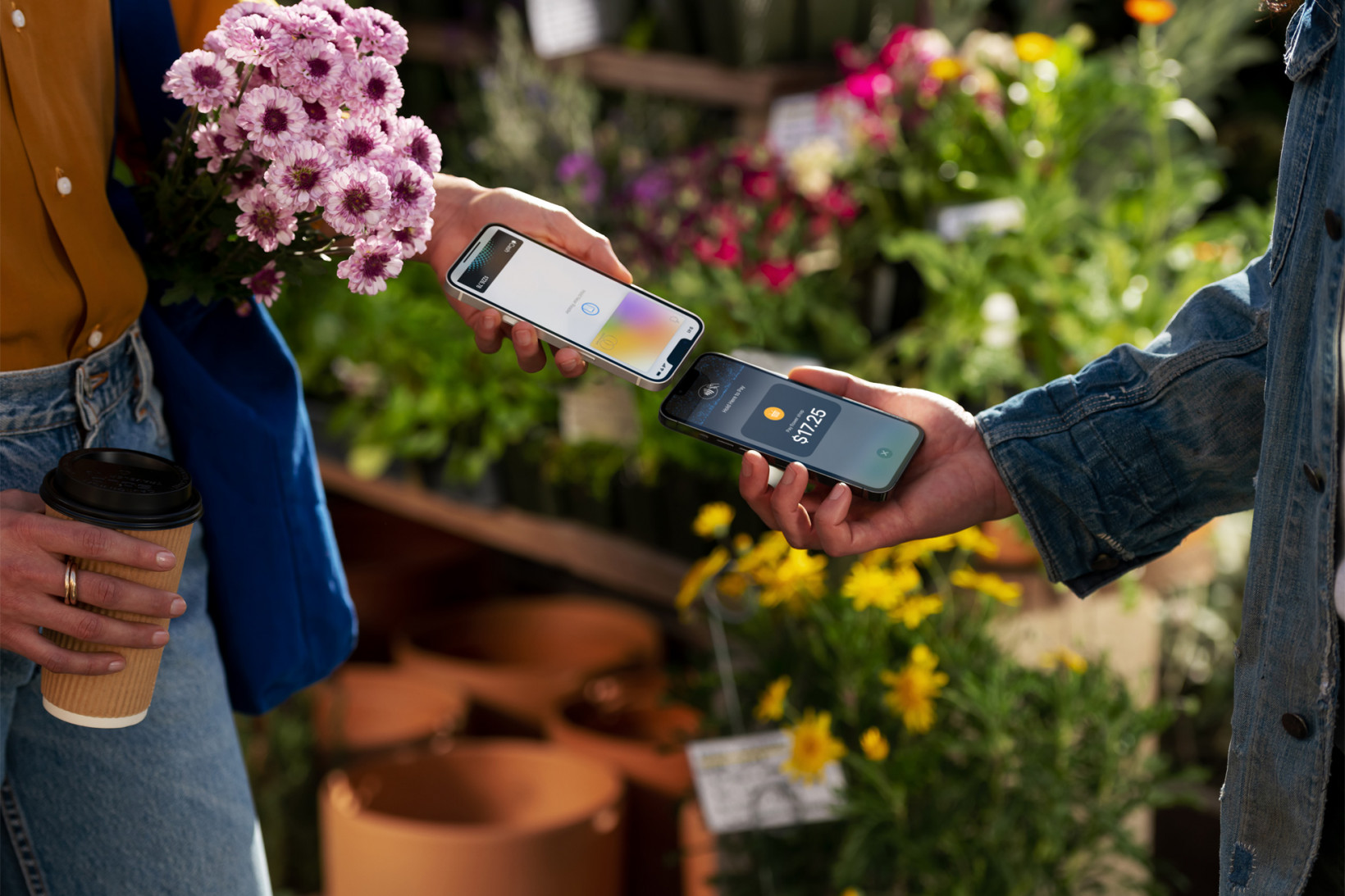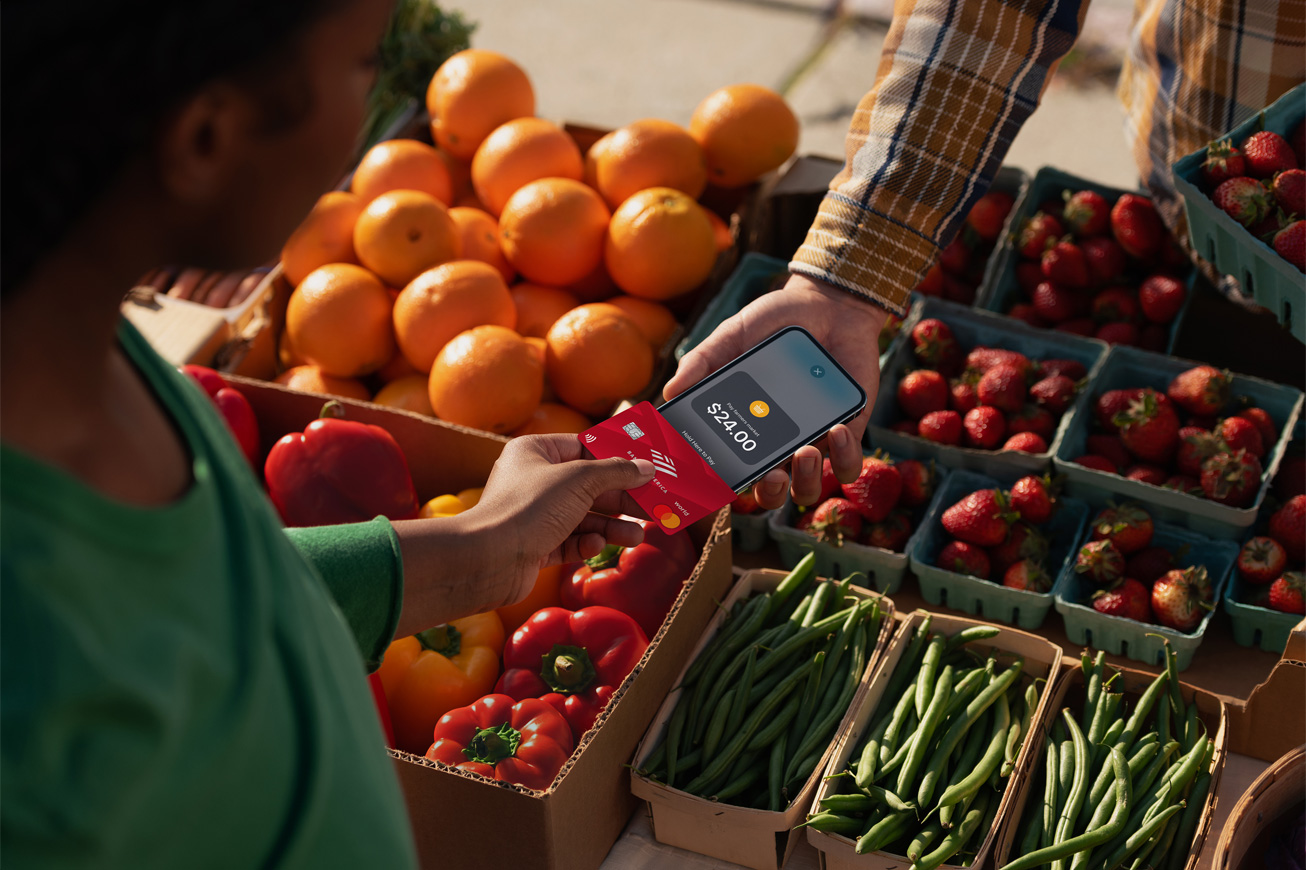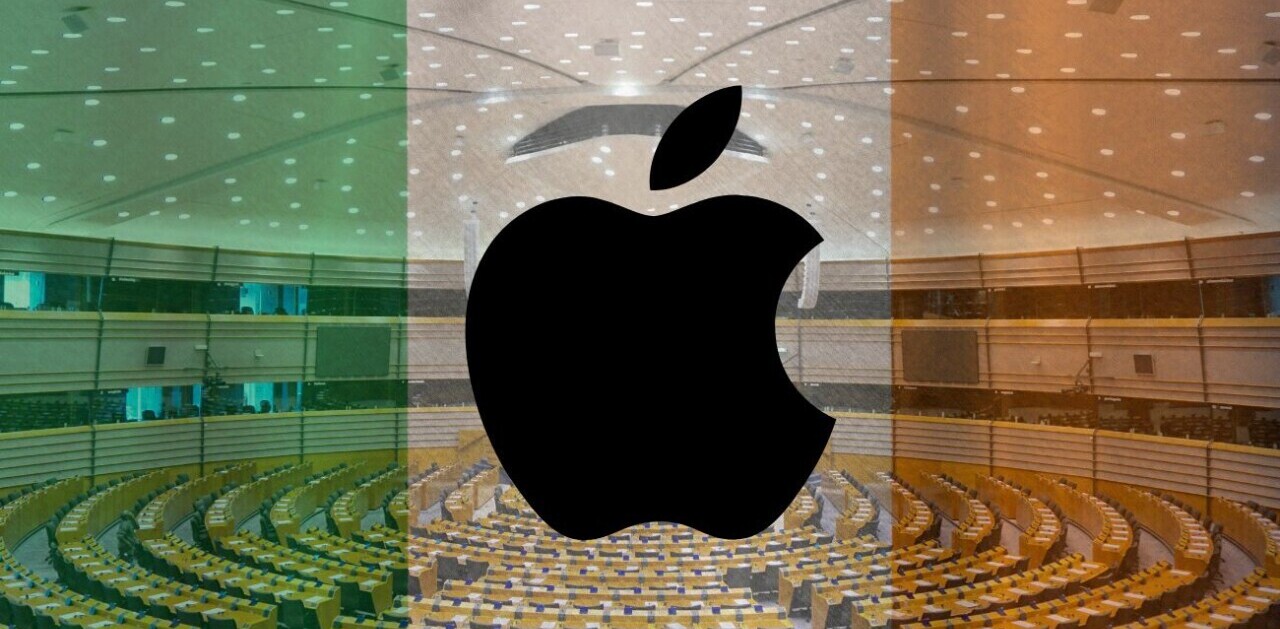
We all knew it, but Apple finally made it official: it will now allow businesses to accept card payments through iPhones.
The company announced that, later this year, US merchants will be able to use its handsets as payment terminals. It refers to the function as ‘Tap to Pay.’
The iPhones in question will not only accept Apple Pay, but will also work with other contactless payment types, including American Express, Discover, Mastercard, and Visa cards. All a business needs to do is download the associated app and get going. The NFC reader in the device will do the rest.
We covered this in great detail when the rumors were unveiled — and I’d still recommend giving that piece a read.
But now we have more details, one thing is abundantly clear: Apple is being even cleverer than we originally thought.
One of the key bits of information in the company’s announcement is that it isn’t going solo with Tap to Pay. Instead of providing its own infrastructure, Apple is working with other companies.
Think of Tap to Pay as a feature it’s offering to digital payments businesses. Stripe and the Shopify Point of Sale app will be the first to offer it — but “additional payment platforms and apps will follow later this year.”

On first inspection, it appears Apple has given away a golden ticket. Why allow other platforms a slice of this delicious money-making pie?
But the more you think about it, the more it makes sense.
First off — as pointed out by Chance Miller — this is an excellent way for Apple to preemptively sidestep any antitrust complaints, something it’s dealing with on a variety of fronts.
Secondly, this allows Apple to sneakily enter the space without making a huge splash or substantial investment. And thirdly? It’s setting Apple up for future dominance.
Let’s consider these points together.
Right now, Apple can focus on expanding Tap to Pay beyond the US, working with all the big players in the digital point-of-sale (POS) space along the way. This likely includes Stripe, Square, Clover, Lightspeed, and PayPal Zettle.
These companies can make merchants happy by allowing them to use their iPhones to accept payments. And, throughout, Apple will be able to skim a little bit of cash off each transaction — all without having to build complex accounting and backend systems for its users. Other digital payments companies can worry about that. For now.
We can assume Apple is already working on its own version of these systems. And it’s going to be watching and learning all it can from the companies using Tap to Pay.

When Apple’s software is launched (let’s call it Apple Wallet Pro), the company will have taken all the lessons on board to provide merchants with a fully featured payments terminal that runs on iOS or iPadOS.
It will continue allowing other POS companies to use its Tap to Pay feature — thus avoiding immediate antitrust lawsuits. The difference is because Apple will be charging a commission to those that do, it will offer its Wallet Pro system to merchants slightly cheaper than competitors.
And, by the time this is released, professionals will be so used to accepting payments with their iPhones, it’ll be a no-brainer to switch.
Apple is playing the long game. Instead of going all in on making iPhones fully functional retail systems, it has gently lowered itself into the pond, watching and waiting until it’s ready to strike and fill the whole waterhole with the blood of its competitors.
You don’t need me to tell you how smart that is.
Get the TNW newsletter
Get the most important tech news in your inbox each week.




